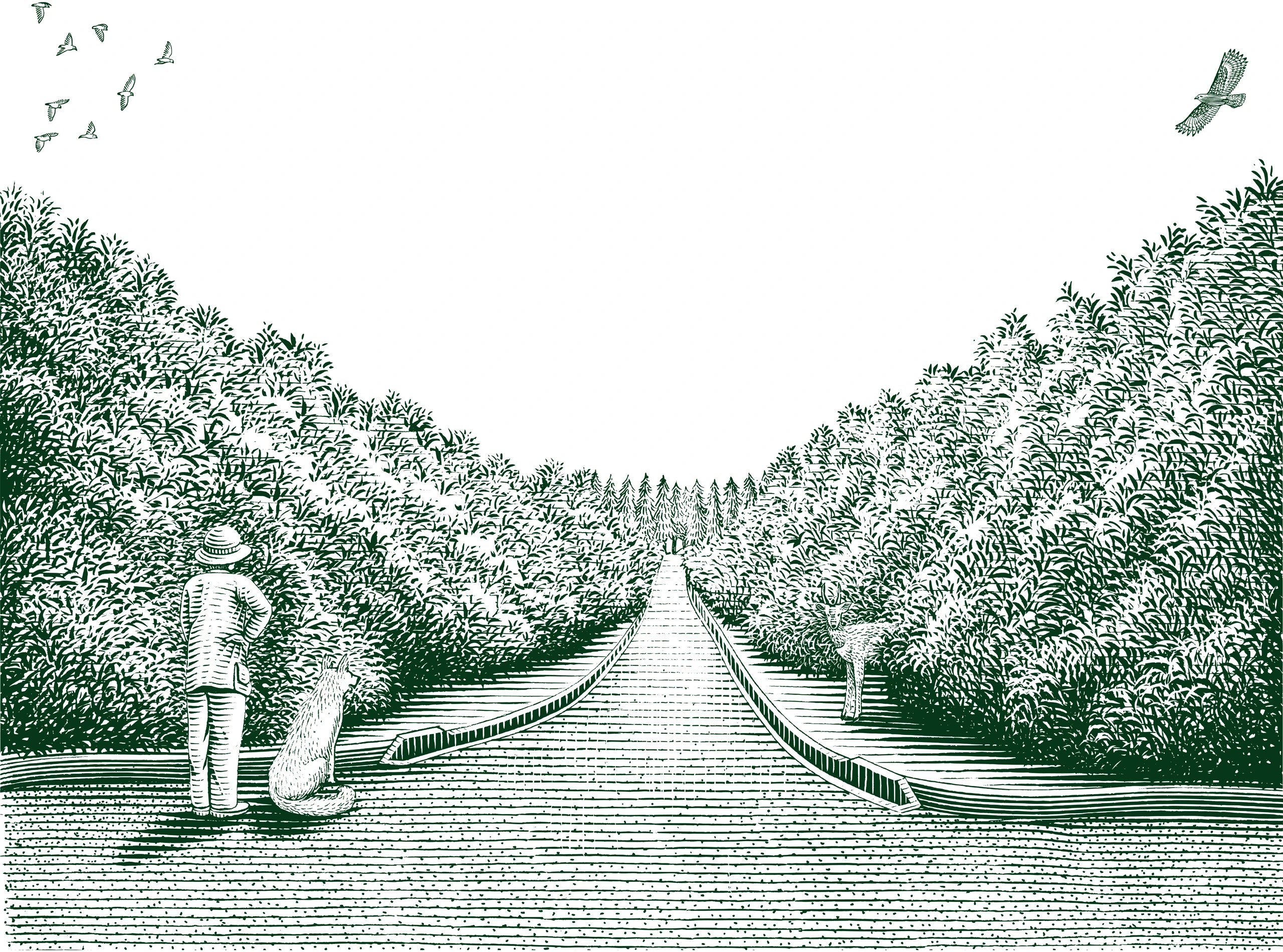
Founded by
Dr. Hans Merensky.
Dr. Hans Merensky, a world-renowned prospector, geologist, humanitarian, a devotee of nature, afforestation and agriculture – a true visionary of his time.
Go to:
1871
Hans Merensky is born.
Johannes (Hans) Merensky is the son of a German missionary and is born in Botshabelo, South Africa. At a young age, he learns to carefully observe his natural surroundings, including birds, plants, animals, and rocks.
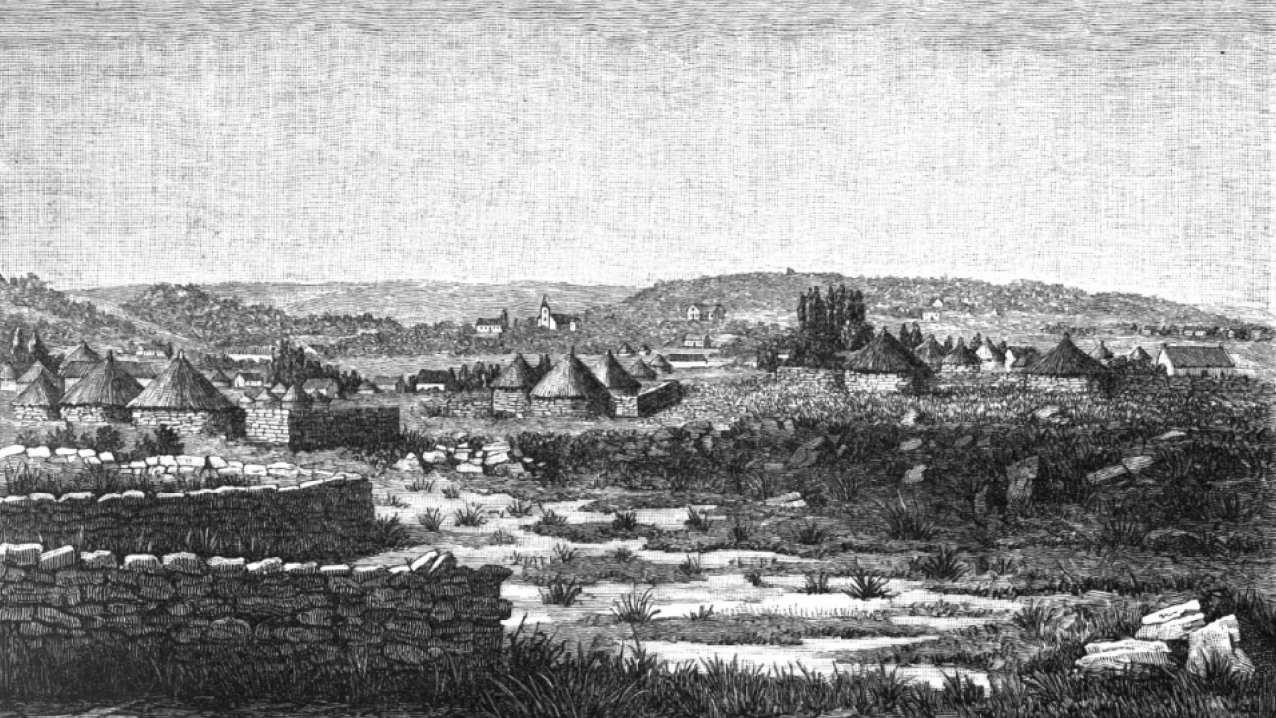
1882
At 11 years old, he and his family move from South Africa to Berlin. During this period in Germany, he dreams about the open spaces and natural environment of South Africa.
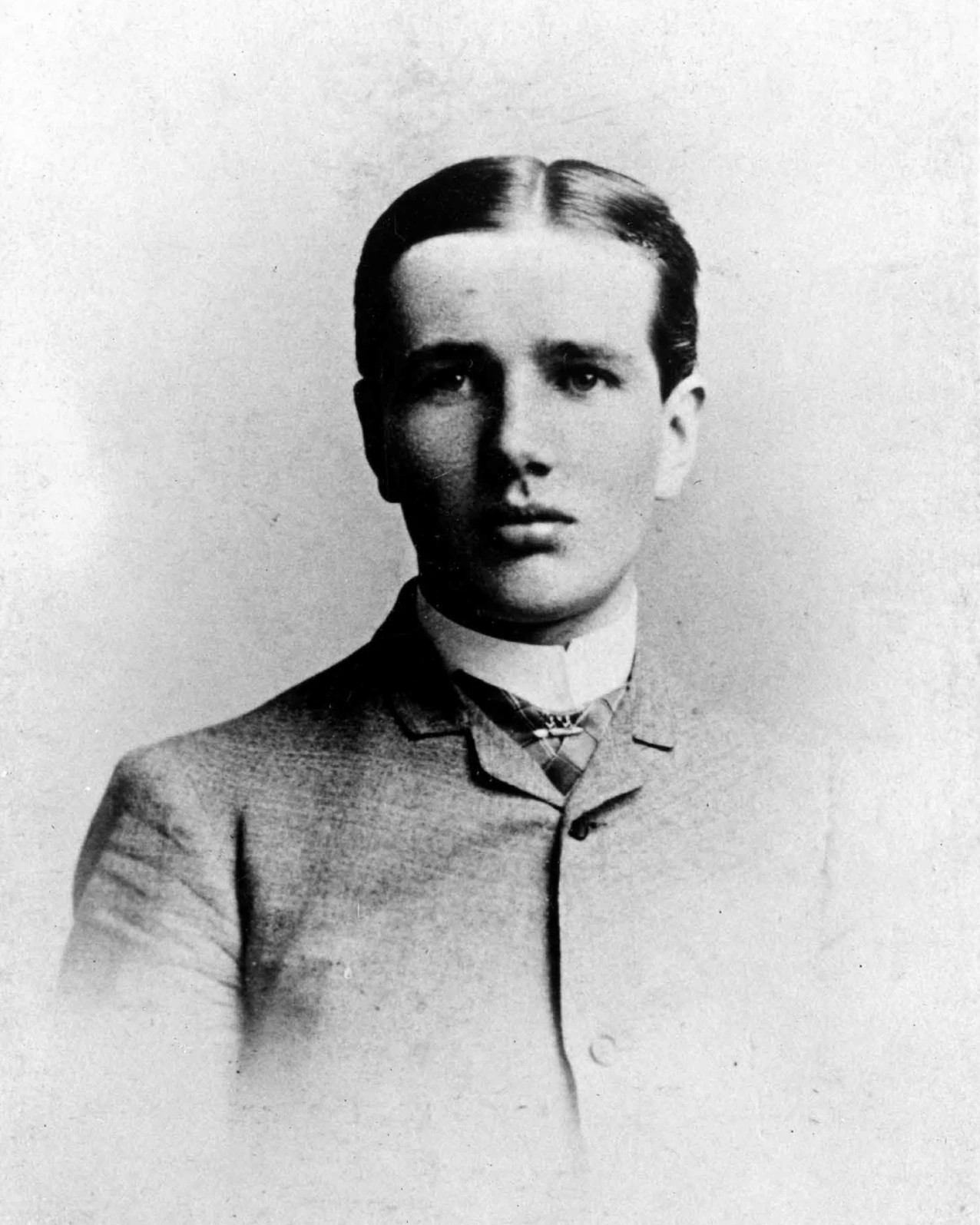
1882
At 11 years old, he and his family move from South Africa to Berlin. During this period in Germany, he dreams about the open spaces and natural environment of South Africa.

1890s
Studies Geology & Mine Engineering in Berlin, Germany.
During a field trip, Merensky identifies a deposit before the professor himself does. The professor later says: “Merensky seems to have a sixth sense about geological deposits”.
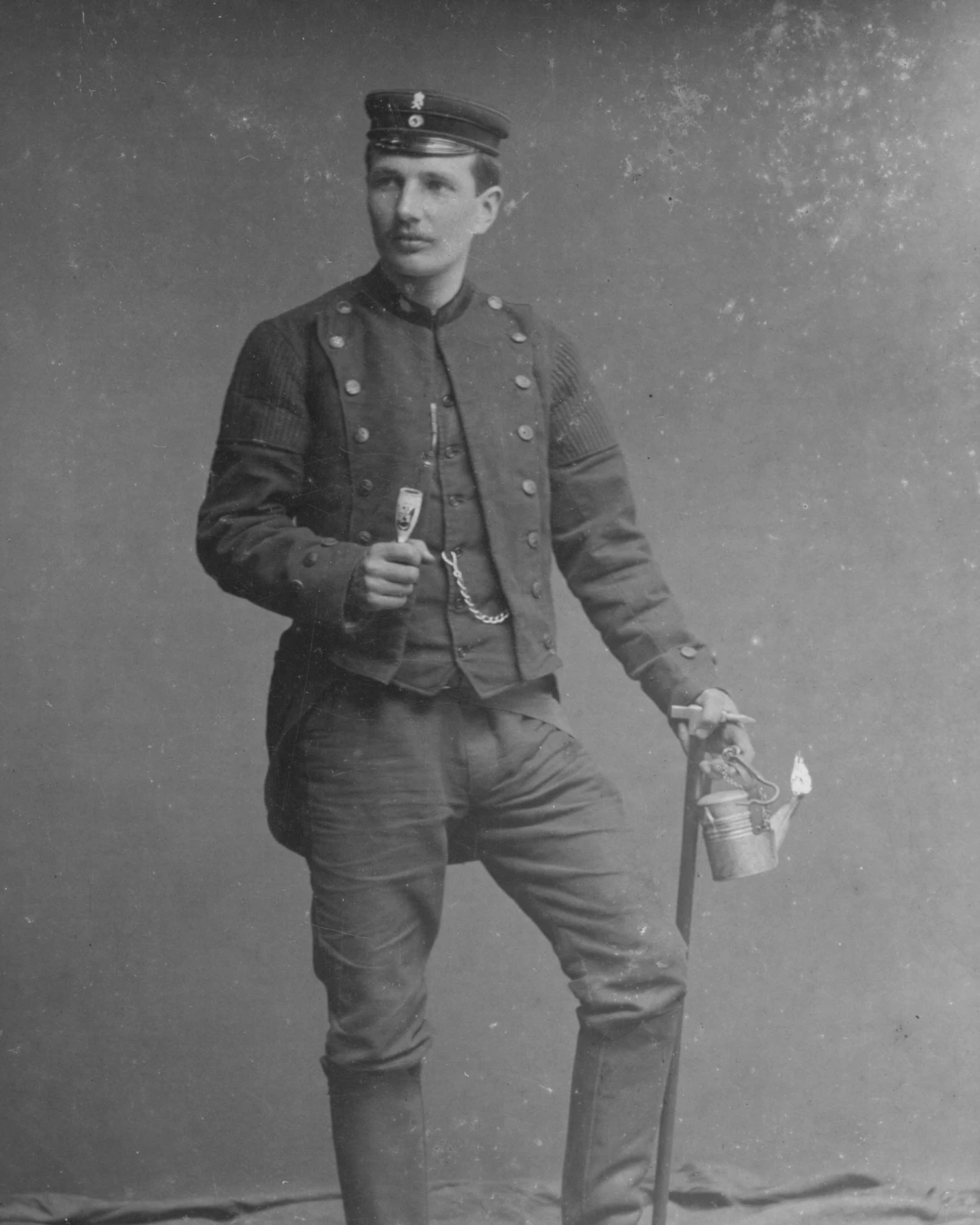
1890s
Studies Geology & Mine Engineering in Berlin, Germany.
During a field trip, Merensky identifies a deposit before the professor himself does. The professor later says: “Merensky seems to have a sixth sense about geological deposits”.

1900s
Dr. Merensky discovers precious metals in South Africa.
During his investigations he contributes papers to the Geological Society of South Africa and the Zeitschrift für praktische Geologie. (Platinum Metals Review 1971).
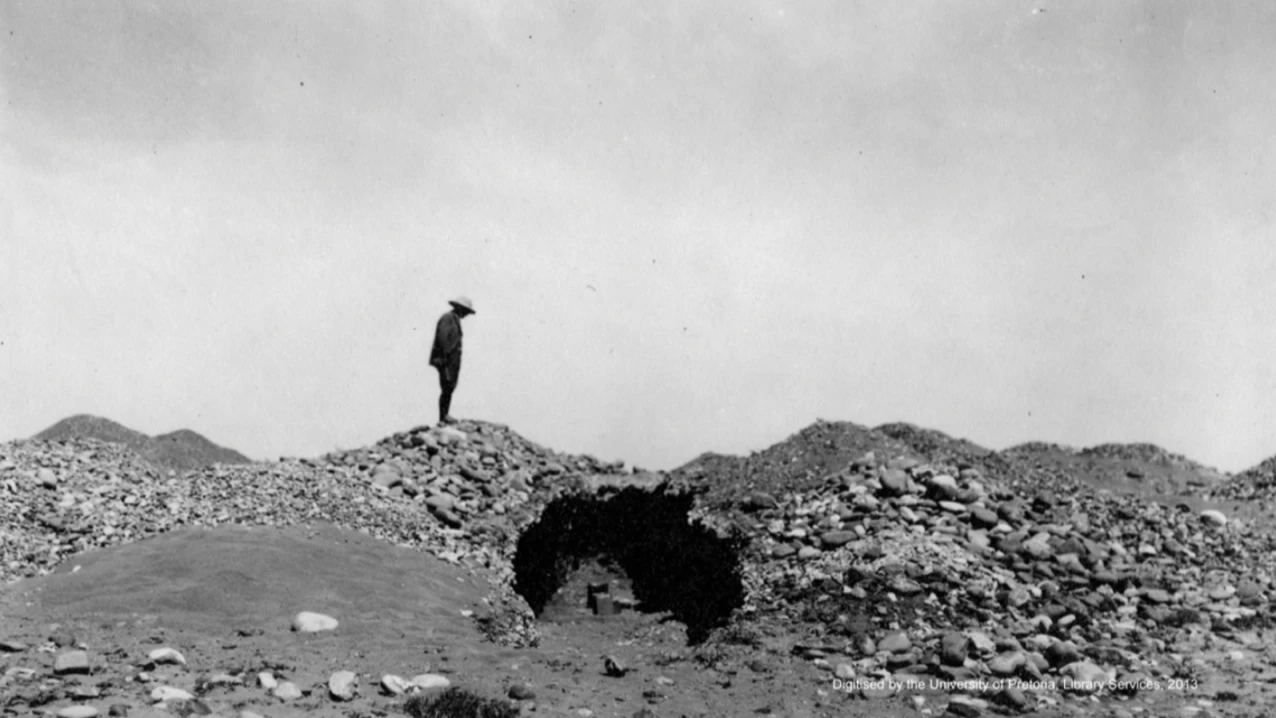
1900s
Dr. Merensky discovers precious metals in South Africa.
During his investigations he contributes papers to the Geological Society of South Africa and the Zeitschrift für praktische Geologie. (Platinum Metals Review 1971).

1910s
Dr. Merensky declares bankruptcy.
The Depression and the First World War take their toll on Dr. Merensky. However, this does not stop his search for minerals and using the geology skills he had developed.
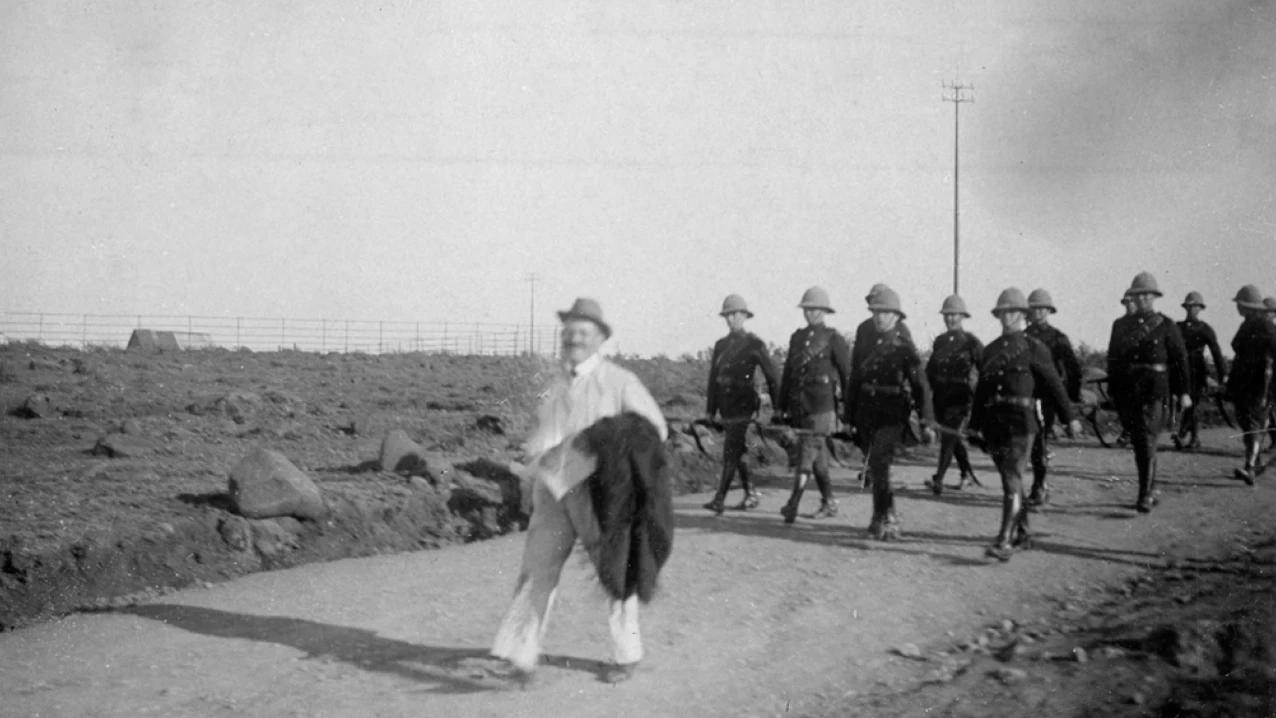
1910s
Dr. Merensky declares bankruptcy.
The Depression and the First World War take their toll on Dr. Merensky. However, this does not stop his search for minerals and using the geology skills he had developed.

1920s
The first great discovery of platinum and diamonds in South Africa.
The Merensky reef is a platinum-bearing layer of almost 160 kilometres long. It is one of the richest sources of platinum in the world. (Machens 2009).
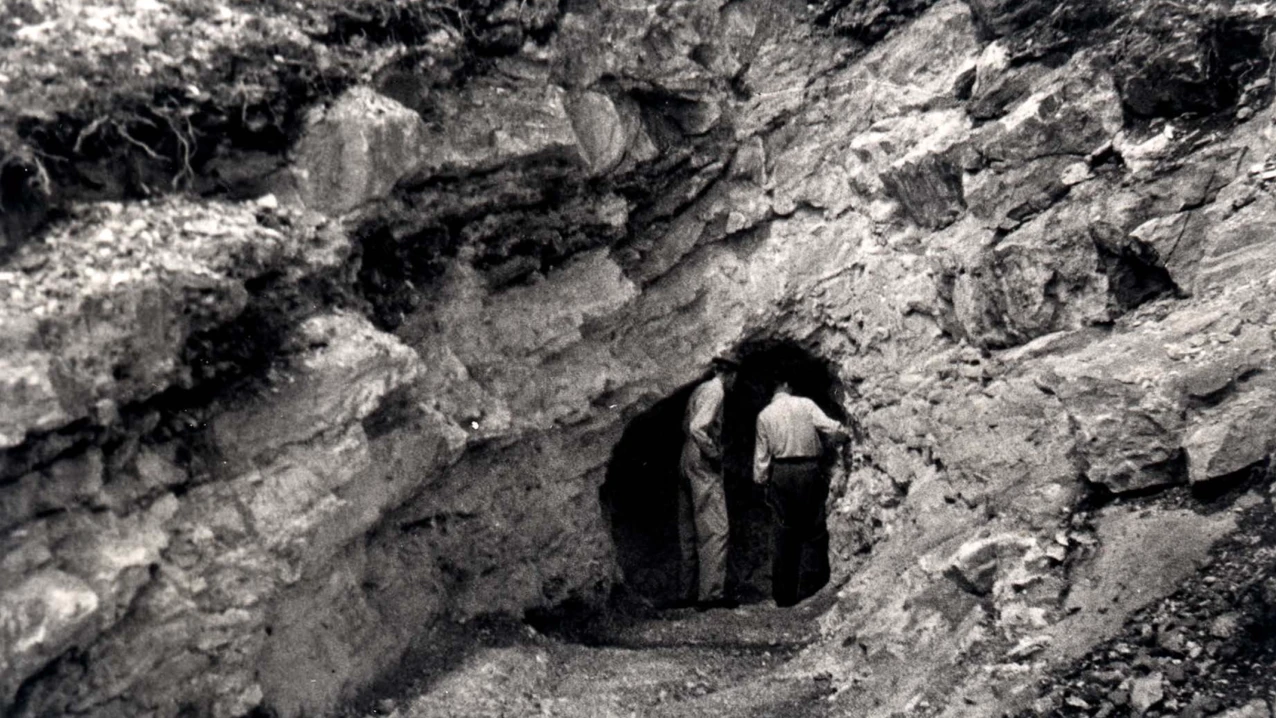
1920s
The first great discovery of platinum and diamonds in South Africa.
The Merensky reef is a platinum-bearing layer of almost 160 kilometres long. It is one of the richest sources of platinum in the world. (Machens 2009).

1927
The Wizard Geologist
Dr. Merensky’s second great geological breakthrough comes with the discovery of diamonds on the coast of Namibia. From this point on, he is known as the ‘Wizard Geologist’. (Lehmann 1989).
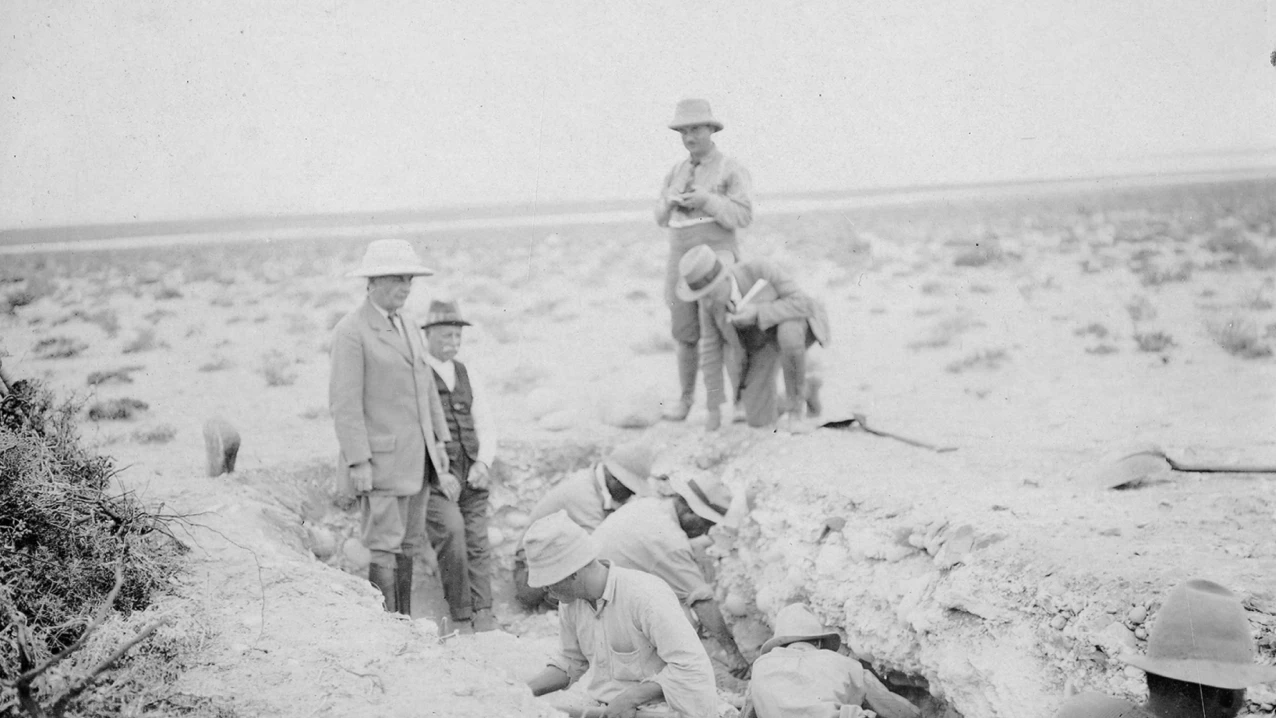
1927
The Wizard Geologist
Dr. Merensky’s second great geological breakthrough comes with the discovery of diamonds on the coast of Namibia. From this point on, he is known as the ‘Wizard Geologist’. (Lehmann 1989).

1929
Dr. Merensky becomes the owner of the Westfalia Estate in Limpopo, South Africa.
The farm is severely eroded and run-down. Although Dr. Merensky knows little of the practical side of farming, he approaches this project as a scientist.
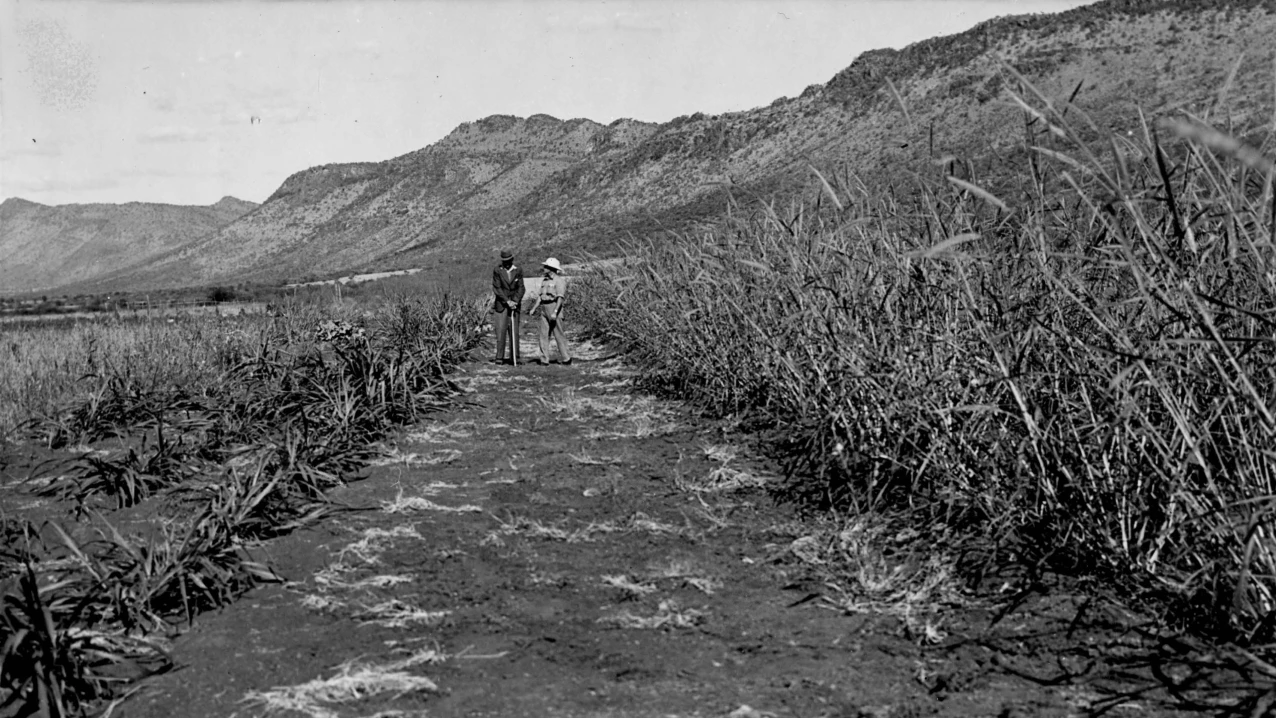
1929
Dr. Merensky becomes the owner of the Westfalia Estate in Limpopo, South Africa.
The farm is severely eroded and run-down. Although Dr. Merensky knows little of the practical side of farming, he approaches this project as a scientist.

1930s
Within 10 years, Dr. Merensky transforms Westfalia into a vibrant estate.
He shifts his focus from mining and geology to agriculture and forestry. After this, he receives his second nickname: ‘The man who is painting South Africa green’. (Lehmann 1989).
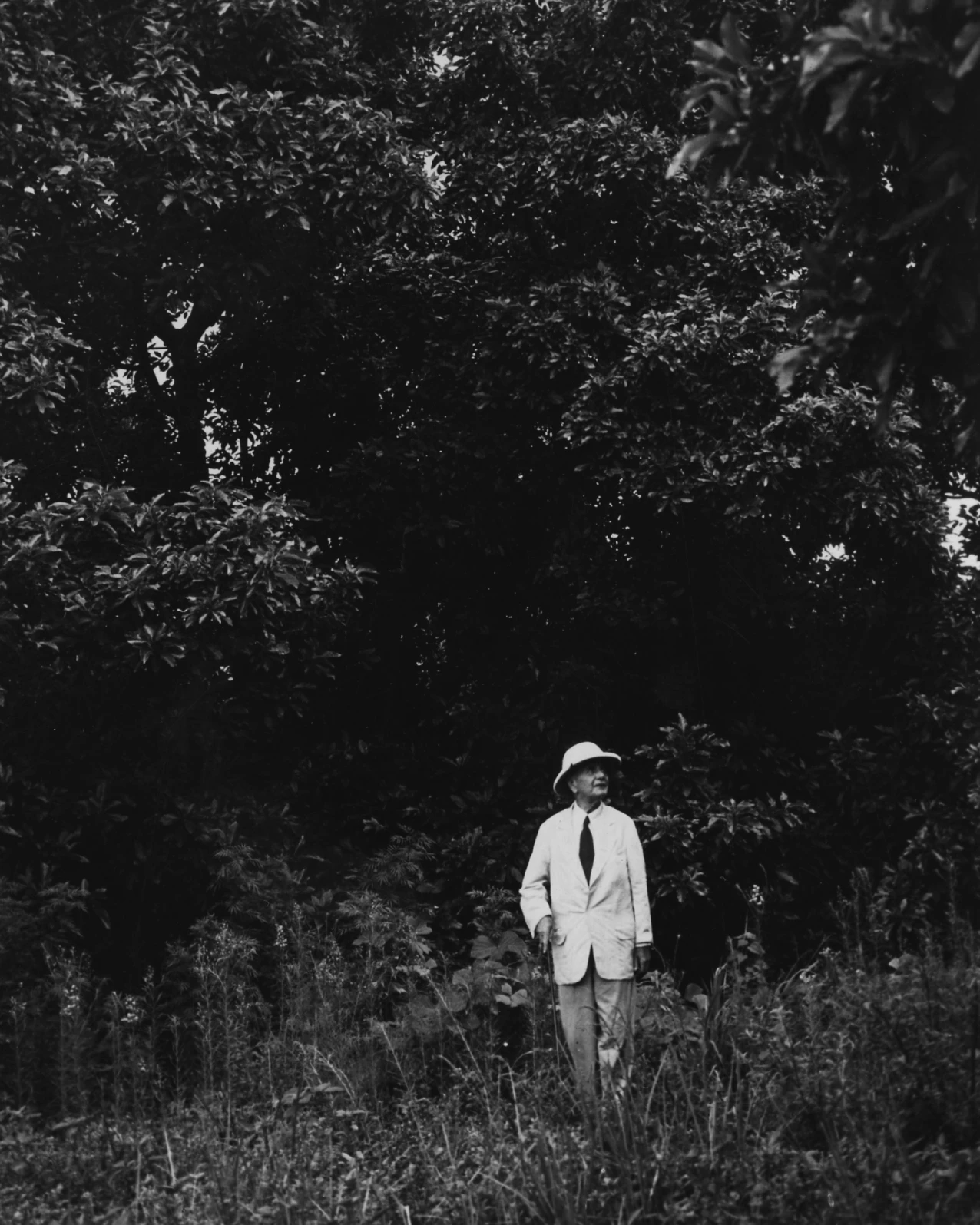
1930s
Within 10 years, Dr. Merensky transforms Westfalia into a vibrant estate.
He shifts his focus from mining and geology to agriculture and forestry. After this, he receives his second nickname: ‘The man who is painting South Africa green’. (Lehmann 1989).

1936
Dr. Merensky builds the Merensky Dam near Tzaneen.
The dam is large enough to hold approximately 1,230,000,000 liters of water. His intent for the dam is to also serve neighbouring farms. He removes invasive species, re-grasses the hillsides and the inlet of the dam, which serve as a natural filter. (Lehmann, 1989)
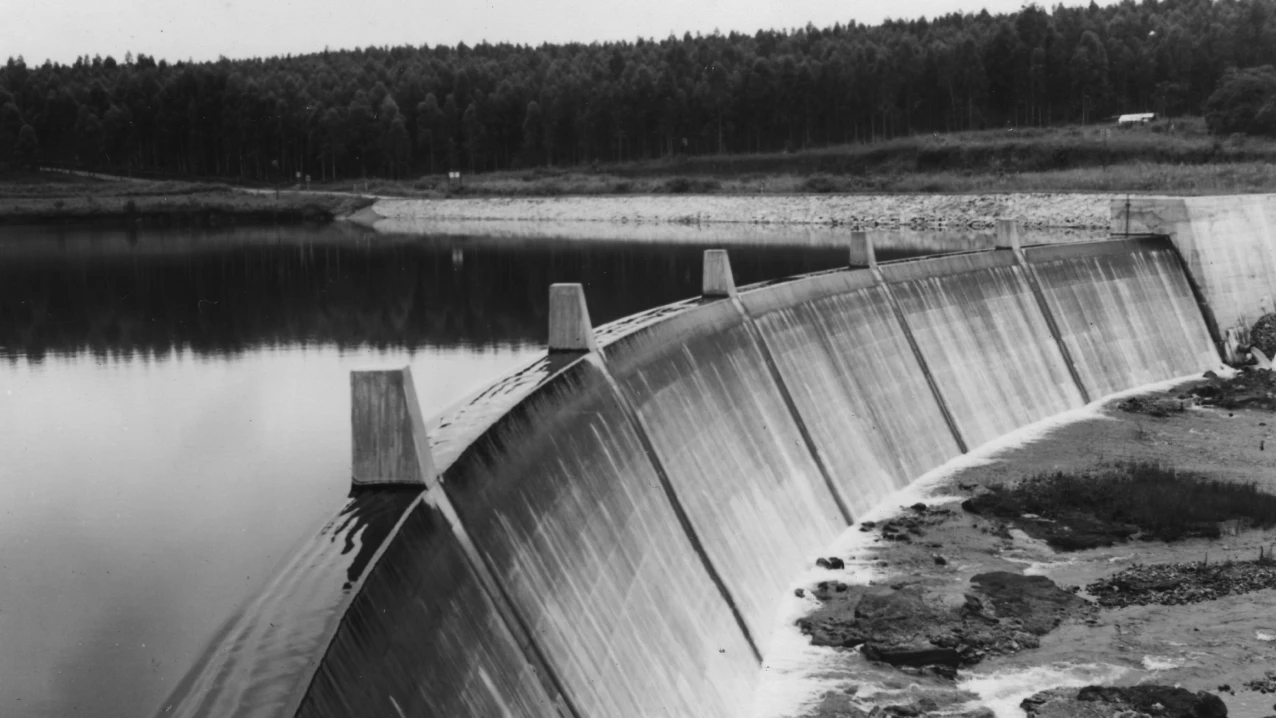
1936
Dr. Merensky builds the Merensky Dam near Tzaneen.
The dam is large enough to hold approximately 1,230,000,000 liters of water. His intent for the dam is to also serve neighbouring farms. He removes invasive species, re-grasses the hillsides and the inlet of the dam, which serve as a natural filter. (Lehmann, 1989)

1938
The Hans Merensky Library at the University of Pretoria is opened.
During the opening speech, Dr. Merensky says: “This country has given me so much, that I am only too happy to be allowed to help it to develop in some way, and I am grateful to be able to give back a fraction of what it has given me.” (Lehmann 1989)
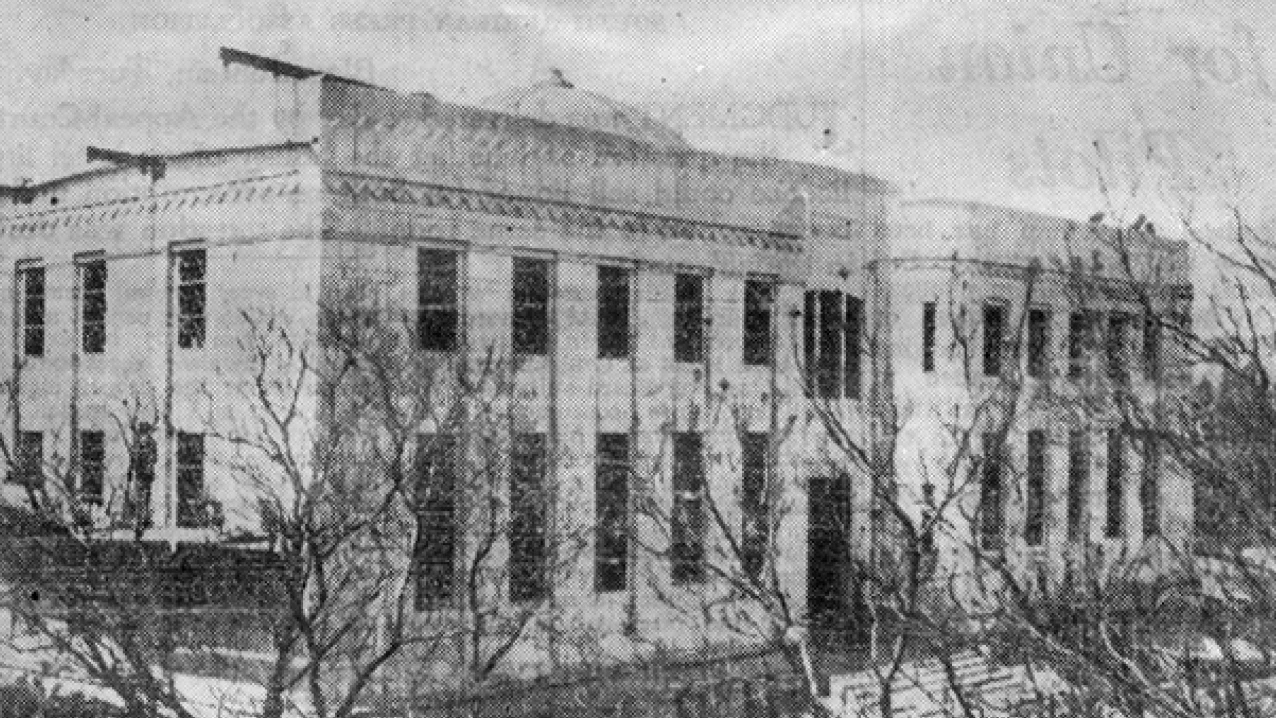
1938
The Hans Merensky Library at the University of Pretoria is opened.
During the opening speech, Dr. Merensky says: “This country has given me so much, that I am only too happy to be allowed to help it to develop in some way, and I am grateful to be able to give back a fraction of what it has given me.” (Lehmann 1989)

1940s
Starts growing citrus and avocados on the Westfalia Estate.
During this time, Dr. Merensky is primarily interested in experimenting with cultivating avocados, removing the diseased citrus trees.
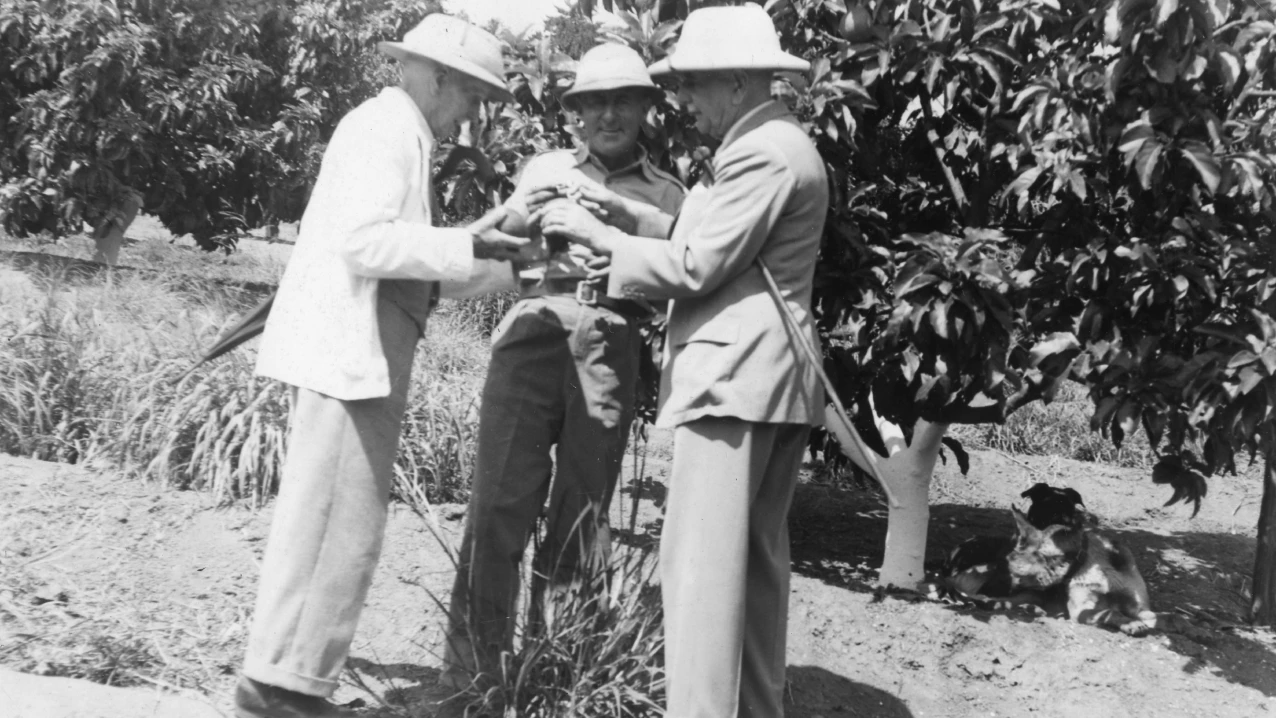
1940s
Starts growing citrus and avocados on the Westfalia Estate.
During this time, Dr. Merensky is primarily interested in experimenting with cultivating avocados, removing the diseased citrus trees.

1949
The Hans Merensky Trust is established, Hans Merensky Holdings (HMH) is created, owning Westfalia Estate.
On May the 4th 1949, Dr. Merensky signs his last Will and Testament as well as the Hans Merensky Trust Deed. The details of these documents were planned out for years. (Machens 2009).
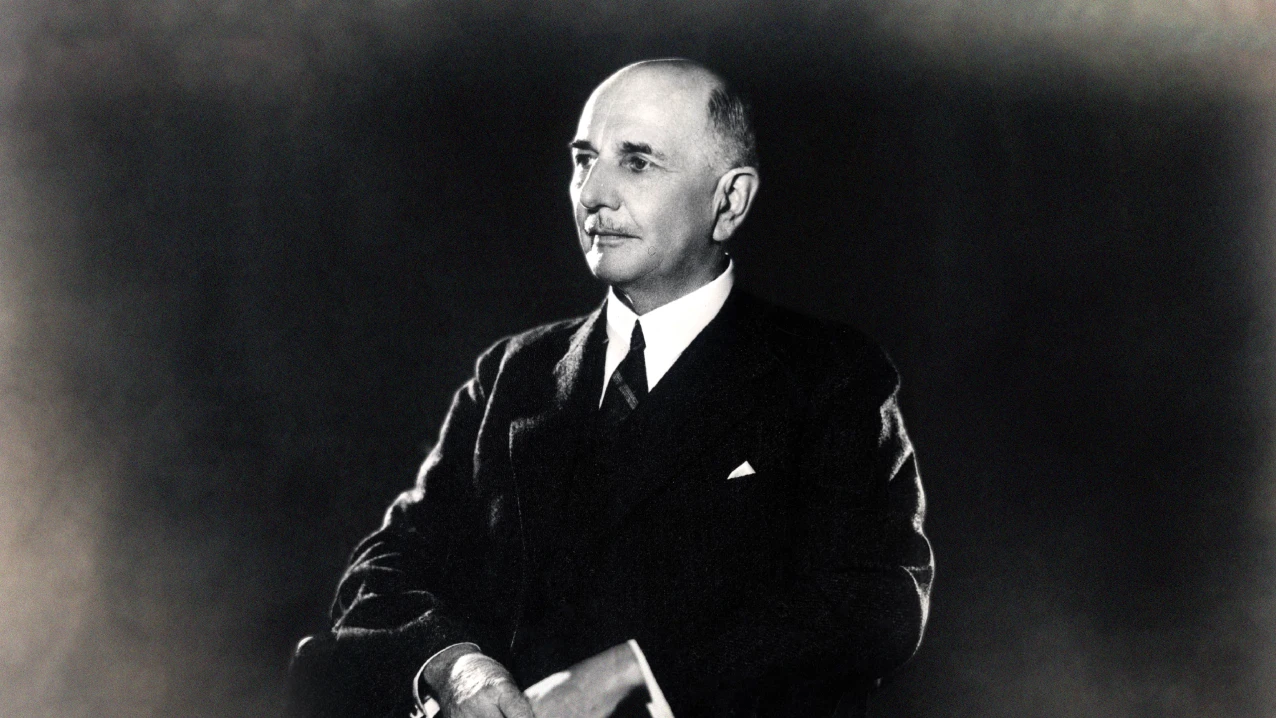
1949
The Hans Merensky Trust is established, Hans Merensky Holdings (HMH) is created, owning Westfalia Estate.
On May the 4th 1949, Dr. Merensky signs his last Will and Testament as well as the Hans Merensky Trust Deed. The details of these documents were planned out for years. (Machens 2009).

1952
Dr. Hans Merensky dies peacefully on the Westfalia Estate.
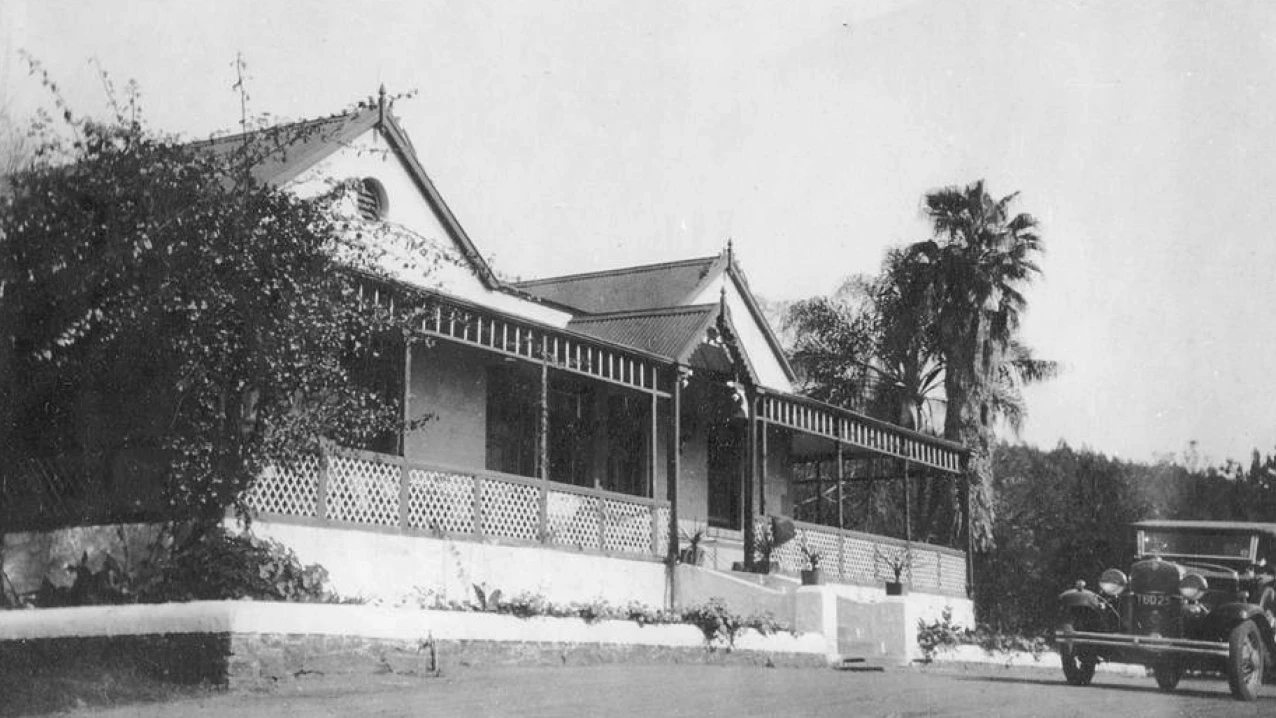
1952
Dr. Hans Merensky dies peacefully on the Westfalia Estate.

1960s
Avocados become the main agricultural focus of Westfalia.
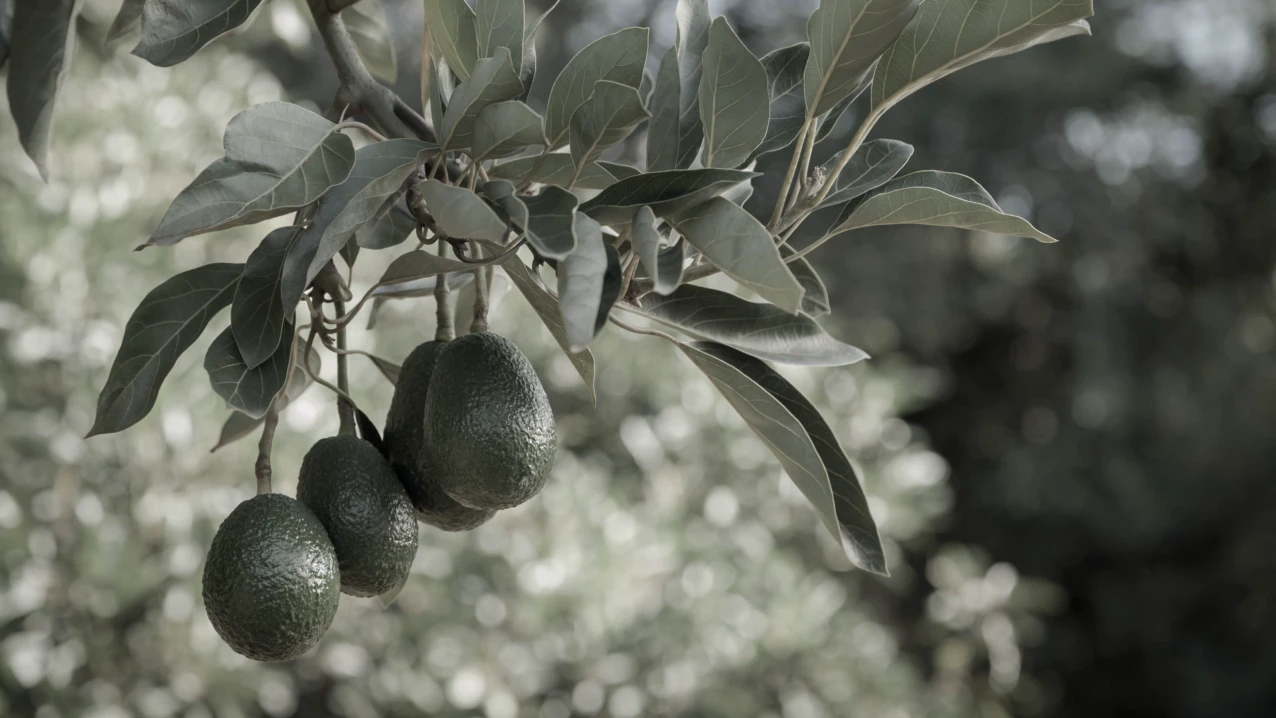
1960s
Avocados become the main agricultural focus of Westfalia.

1970s
Westfalia is key in developing the South African Avocado Growers’ Association (SAAGA) into a leading industry body that is focused on applied research for the industry.
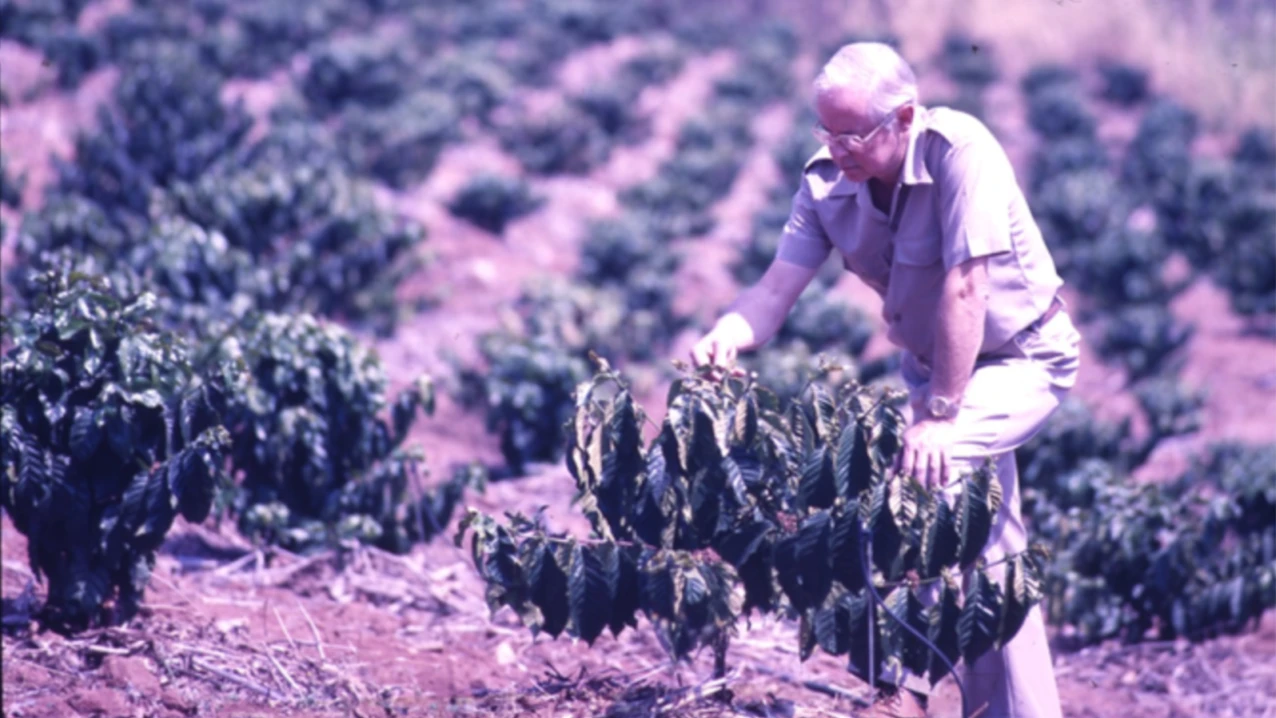
1970s
Westfalia is key in developing the South African Avocado Growers’ Association (SAAGA) into a leading industry body that is focused on applied research for the industry.

1973
The Hans Merensky Trust becomes the Hans Merensky Foundation.
The foundation provides bursaries, grants, loans for education and research.
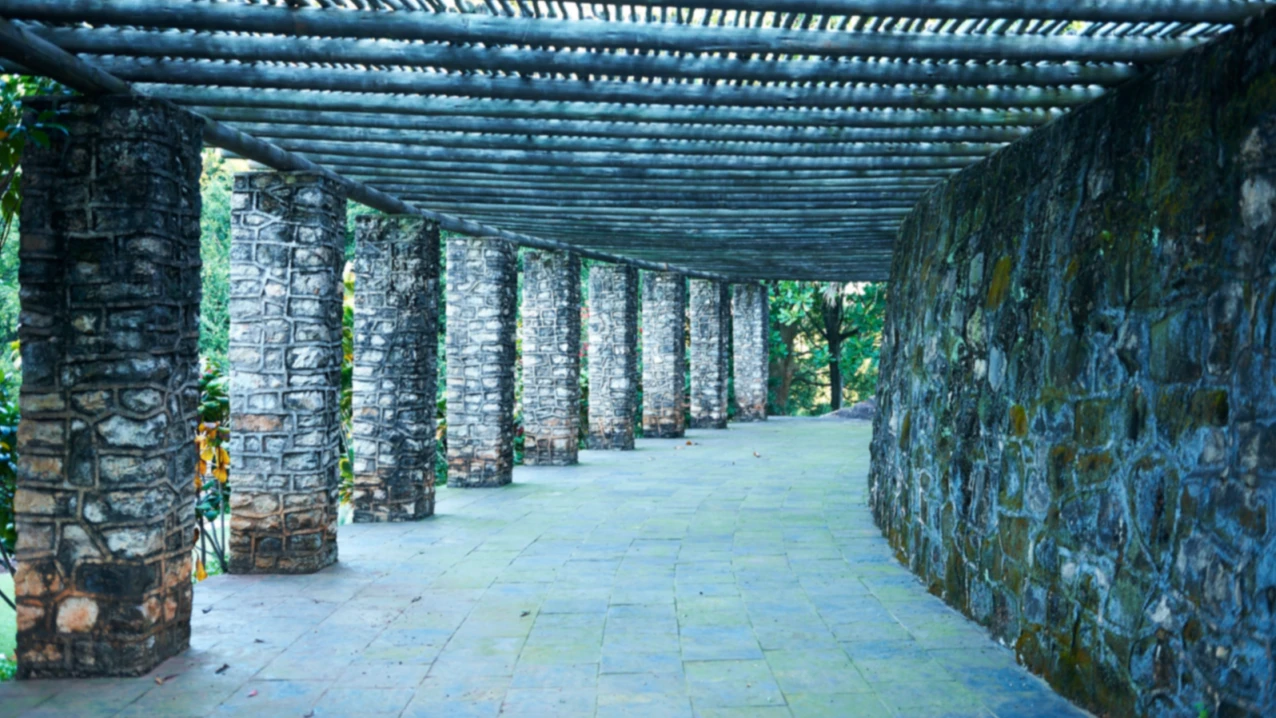
1973
The Hans Merensky Trust becomes the Hans Merensky Foundation.
The foundation provides bursaries, grants, loans for education and research.

1980s
Westfalia Technological Services is created, focusing on Research & Development for the development of the industry.
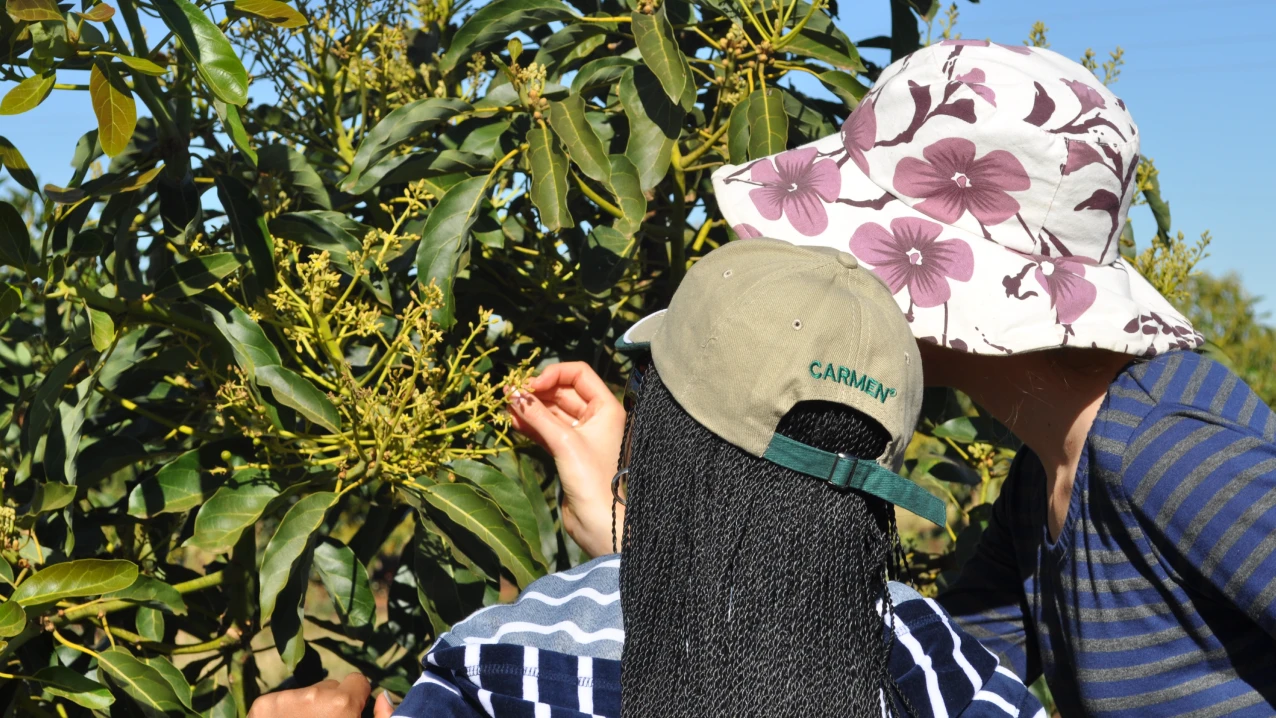
1980s
Westfalia Technological Services is created, focusing on Research & Development for the development of the industry.

1981
Westfalia saves the avocado industry.
Westfalia assists in the registration of a systemic fungicide against Phytophthora root rot, and subsequently develops the tree-injection technique that saved the avocado industry.
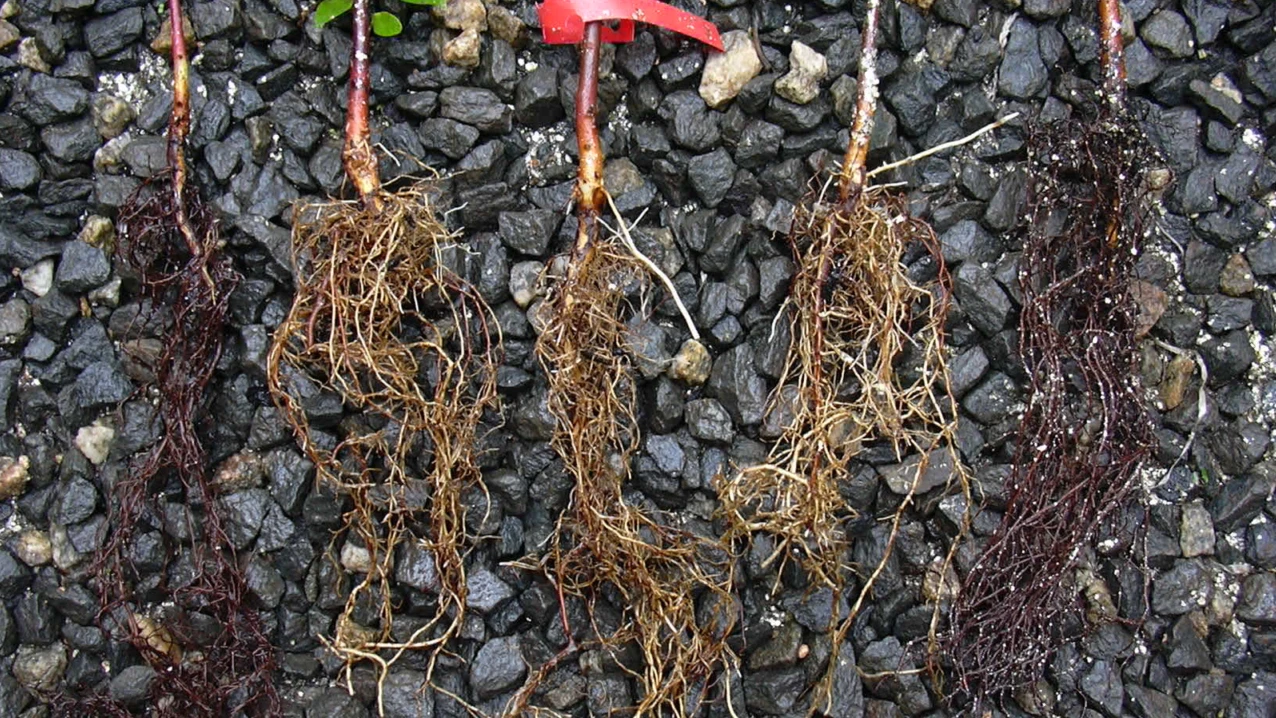
1981
Westfalia saves the avocado industry.
Westfalia assists in the registration of a systemic fungicide against Phytophthora root rot, and subsequently develops the tree-injection technique that saved the avocado industry.

1980s
Merensky 2, which will eventually be sold as Dusa®, is first selected for its tolerance to Phytophthora (root rot) and its superior yields.
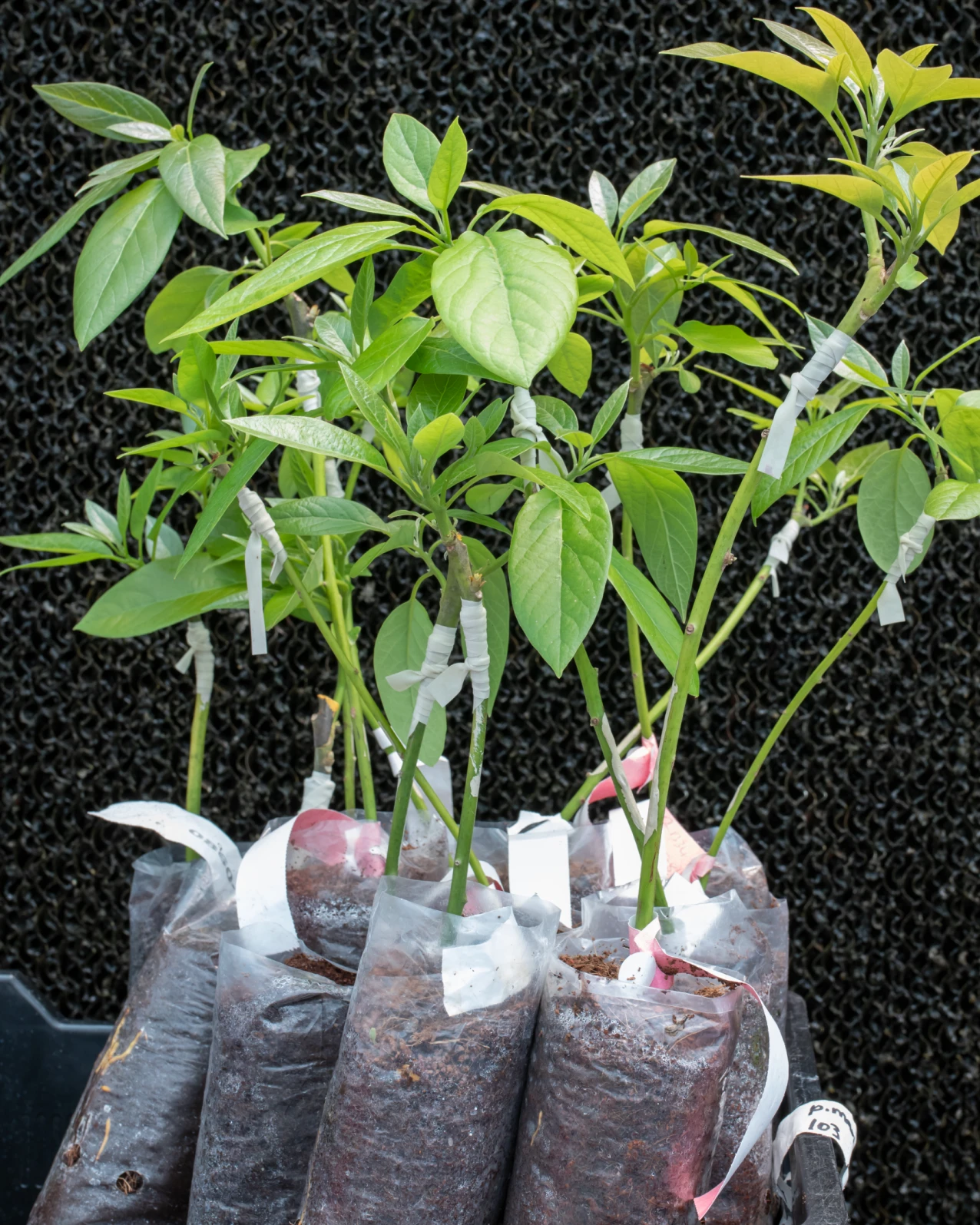
1980s
Merensky 2, which will eventually be sold as Dusa®, is first selected for its tolerance to Phytophthora (root rot) and its superior yields.

1984
In KwaZulu-Natal, South Africa, the Everdon Estate is acquired to extend the avocado season.
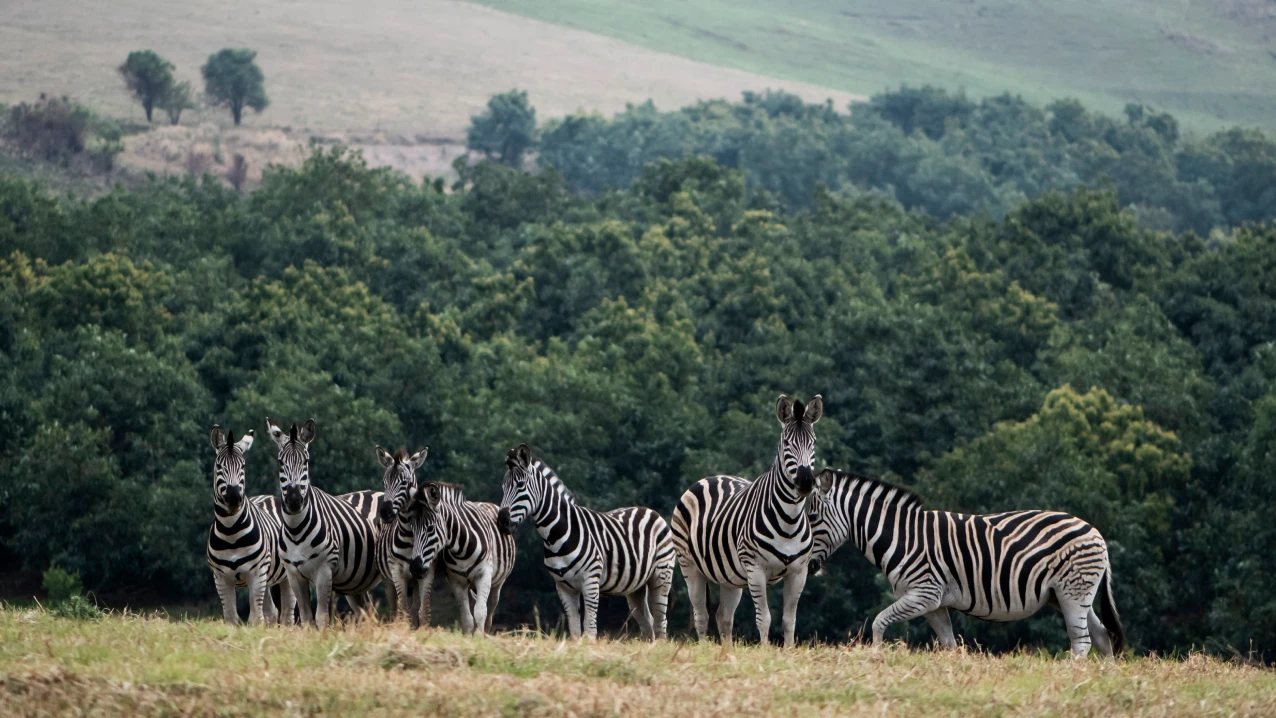
1984
In KwaZulu-Natal, South Africa, the Everdon Estate is acquired to extend the avocado season.

1990s
Westfalia implements a new technique to produce clonal avocado trees.
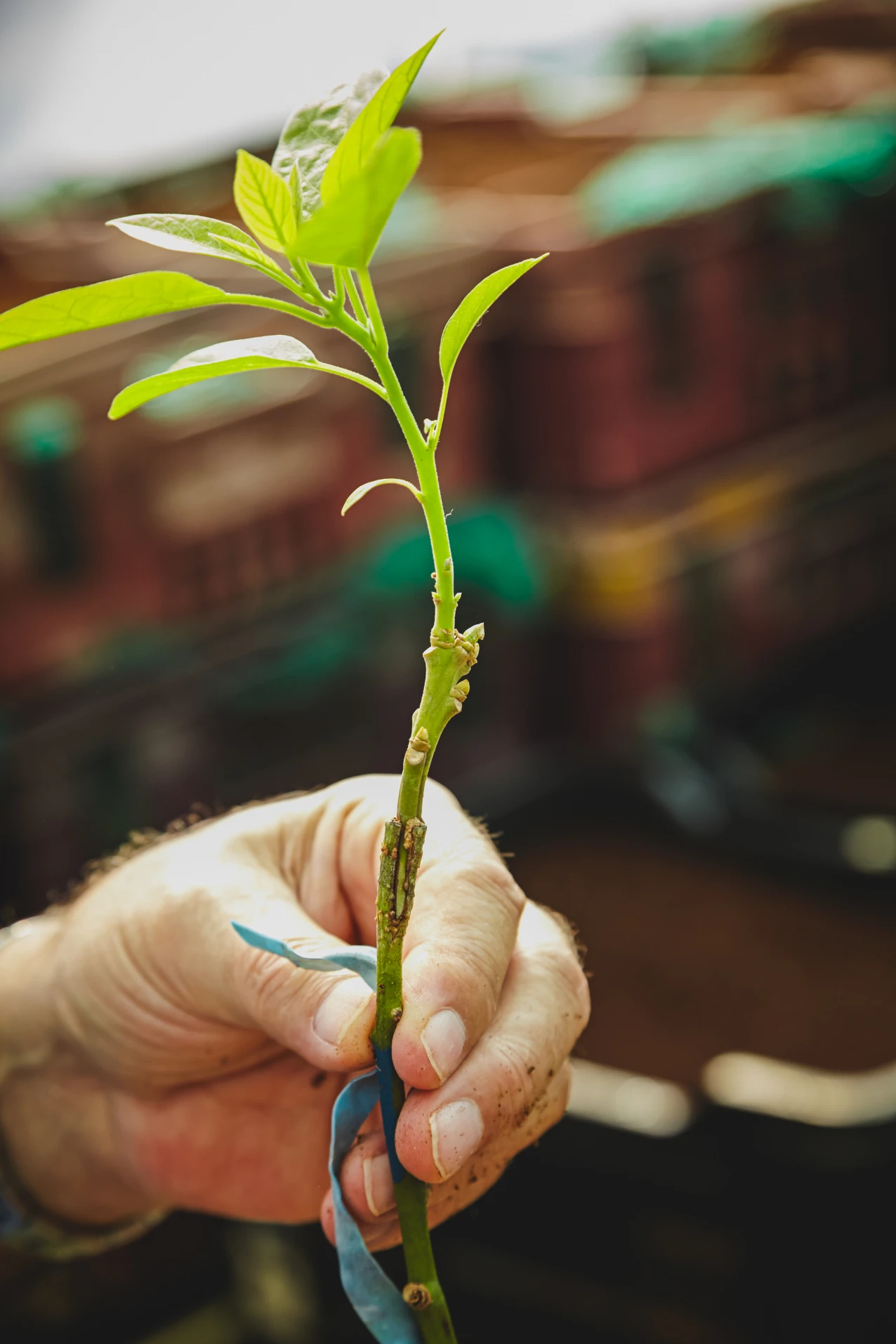
1990s
Westfalia implements a new technique to produce clonal avocado trees.

1990
The Hans Merensky Fruit Processing company is formed.
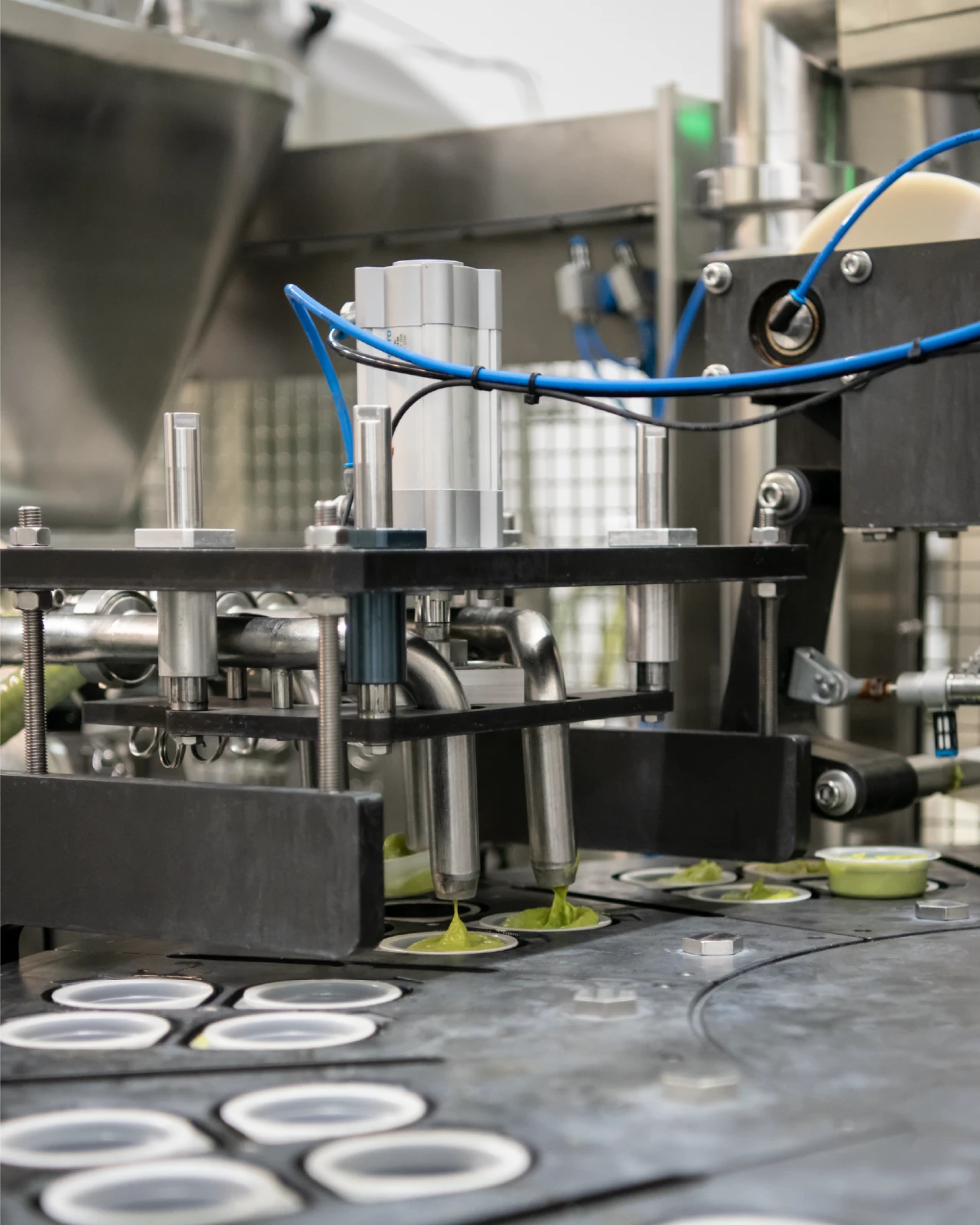
1990
The Hans Merensky Fruit Processing company is formed.

2000s
European Expansion
Westfalia expands into the Netherlands, France, and the UK. The legacy of Merensky is expanded by the work of the Blokzijl and Pobelle families, and Greencell.
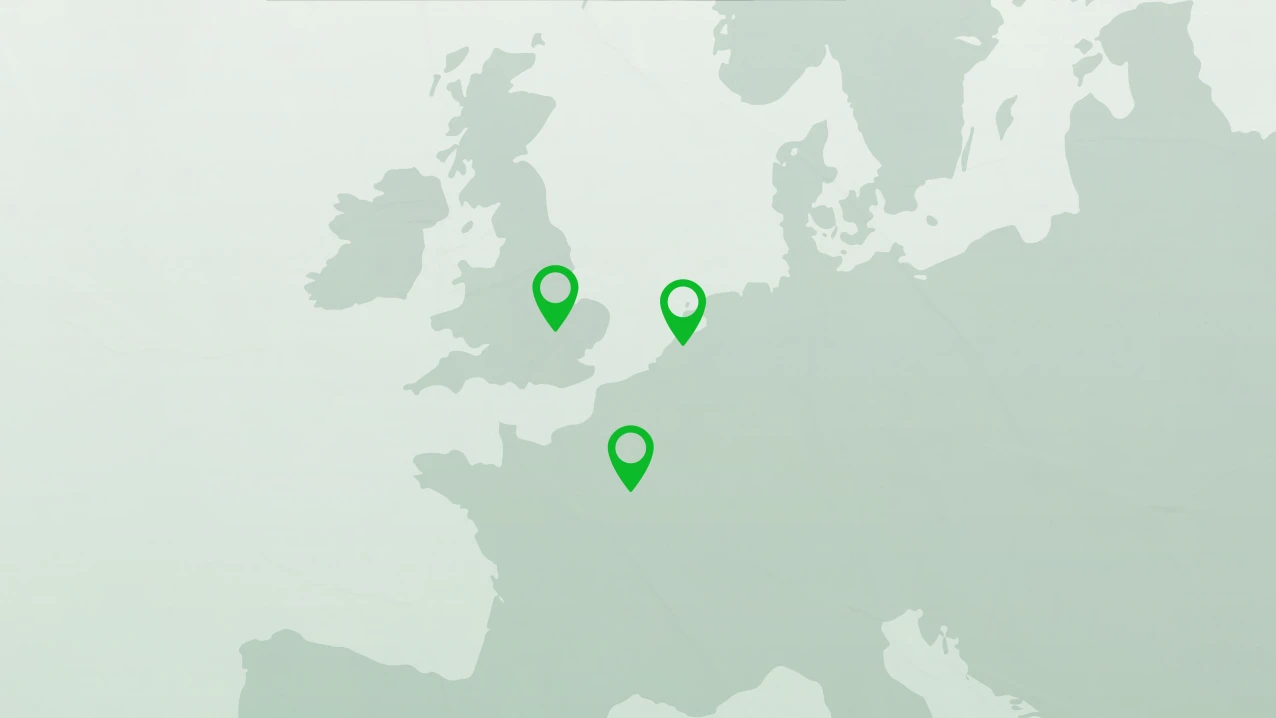
2000s
European Expansion
Westfalia expands into the Netherlands, France, and the UK. The legacy of Merensky is expanded by the work of the Blokzijl and Pobelle families, and Greencell.

2002
An oil-from-avocado extraction plant is established to utilise more of the fruit and reduce waste.
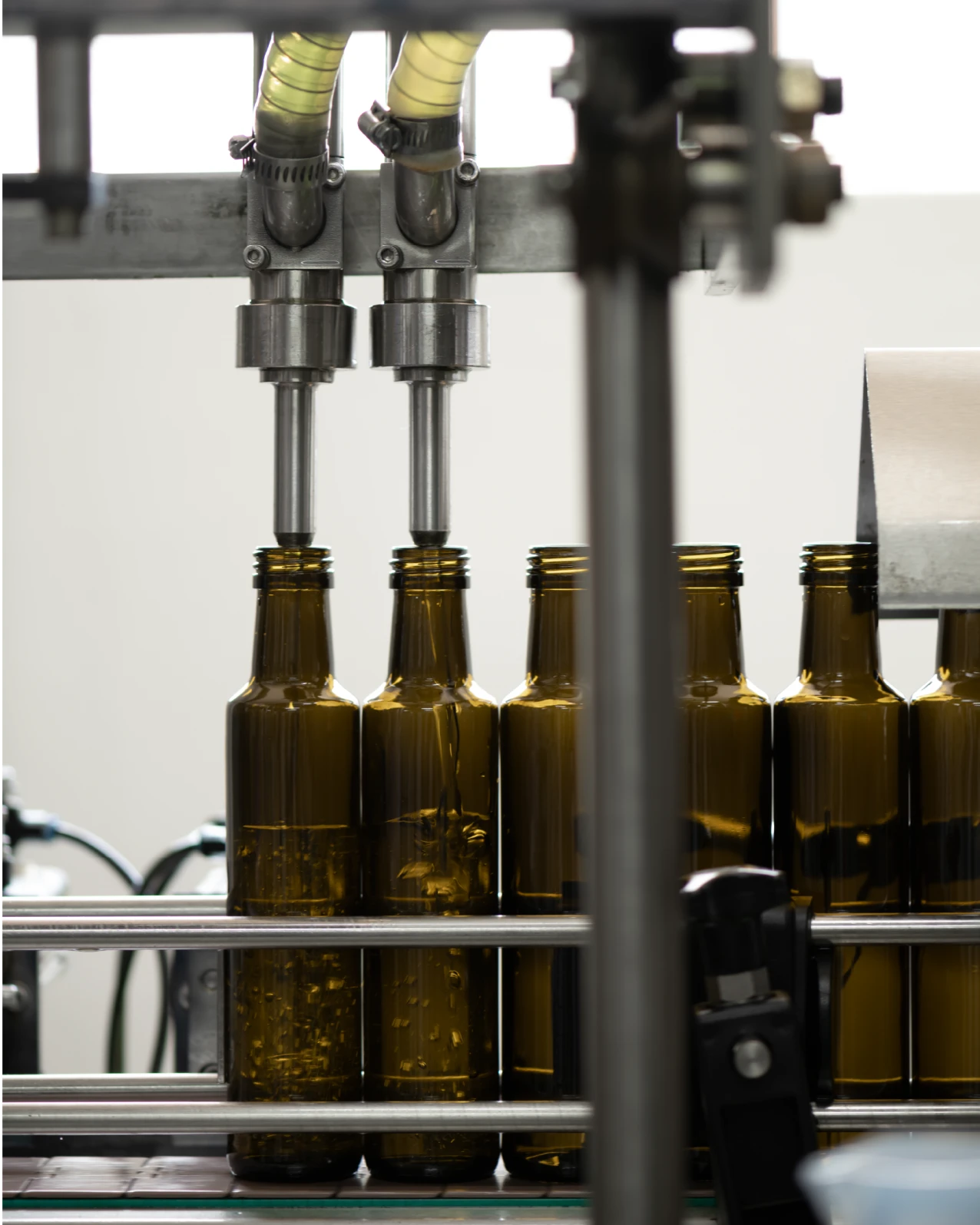
2002
An oil-from-avocado extraction plant is established to utilise more of the fruit and reduce waste.

2010s
Global expansion
Westfalia expands into Mozambique, USA, Colombia, Peru, Chile, Austria, Portugal, and Burkina Faso. The legacy of Merensky is expanded by the work of the Ferreira family in Portugal and the Barros family in Chile.
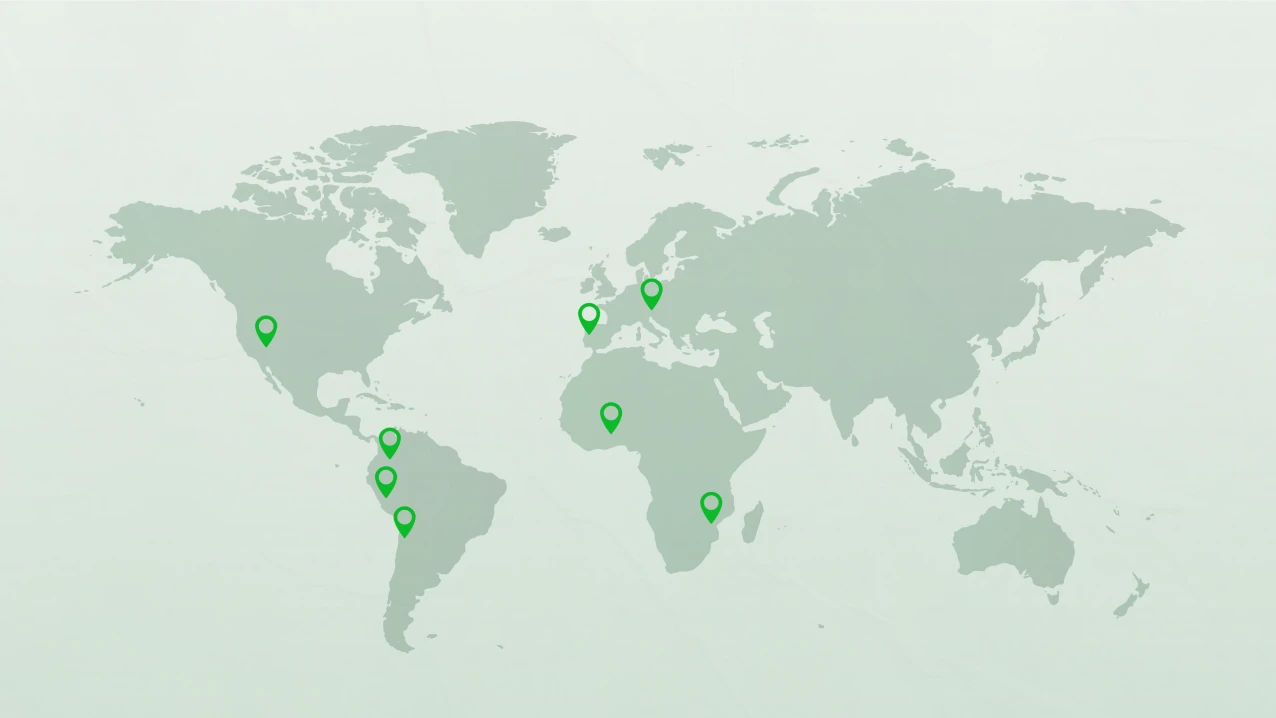
2010s
Global expansion
Westfalia expands into Mozambique, USA, Colombia, Peru, Chile, Austria, Portugal, and Burkina Faso. The legacy of Merensky is expanded by the work of the Ferreira family in Portugal and the Barros family in Chile.

2013
Westfalia changes its name and logo to Westfalia Fruit.
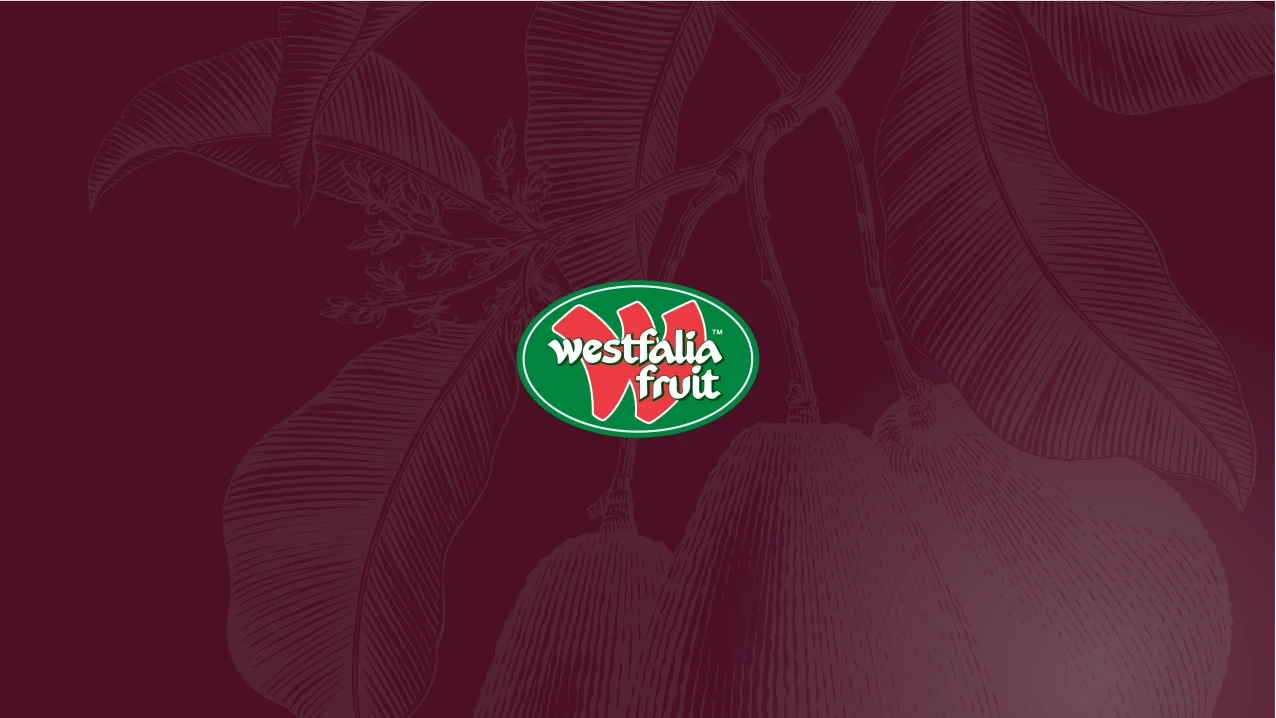
2013
Westfalia changes its name and logo to Westfalia Fruit.

2020s
Further Global Expansion
Westfalia Fruit opens headquarters in the UK and further expands into India, Germany and Kenya. The legacy of Merensky is expanded by the work of the Hausladen and Buchner family in Germany.
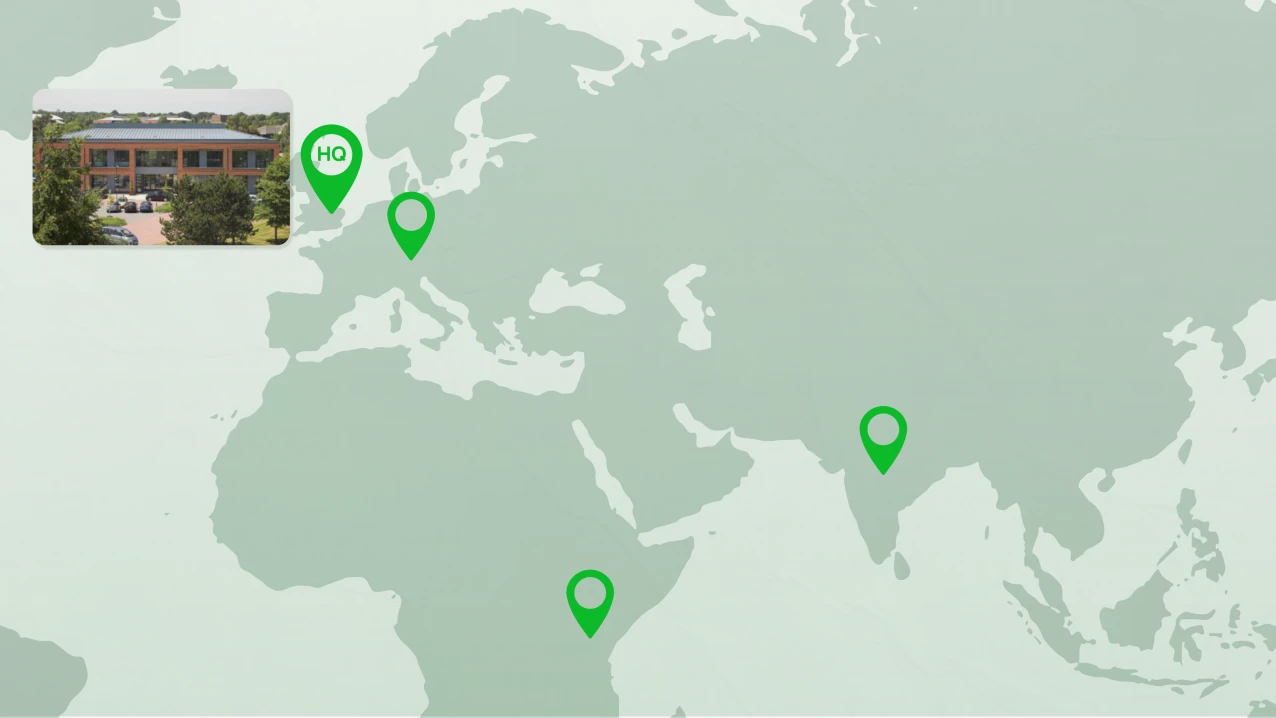
2020s
Further Global Expansion
Westfalia Fruit opens headquarters in the UK and further expands into India, Germany and Kenya. The legacy of Merensky is expanded by the work of the Hausladen and Buchner family in Germany.


For growers
© 2026 Westfalia Fruit
